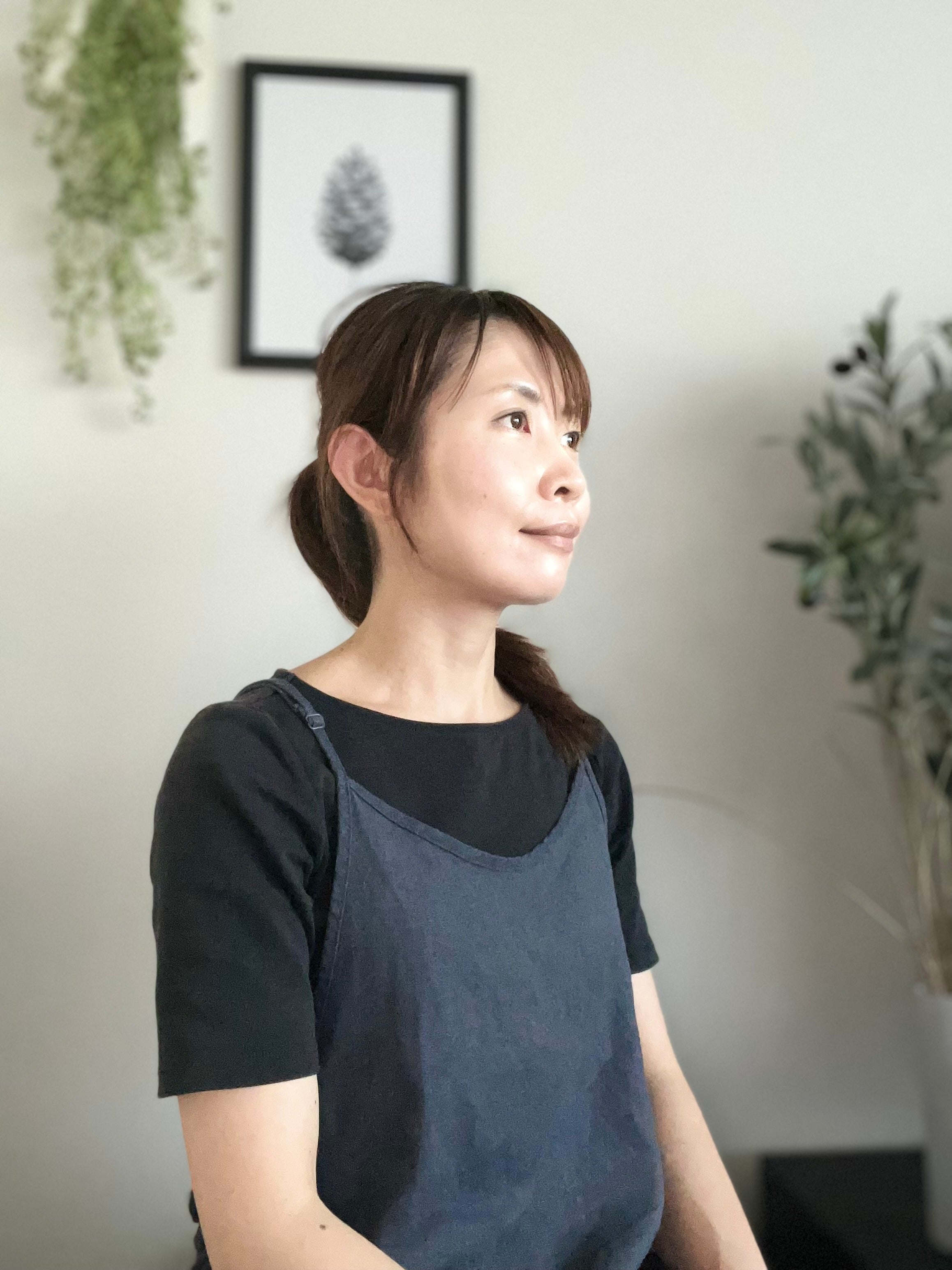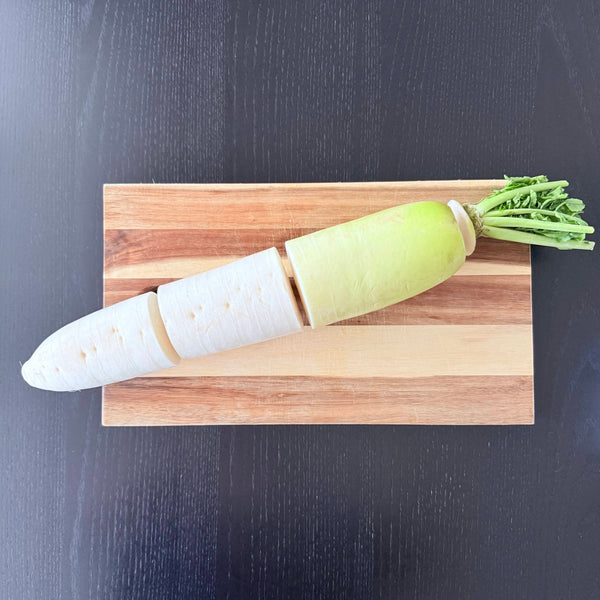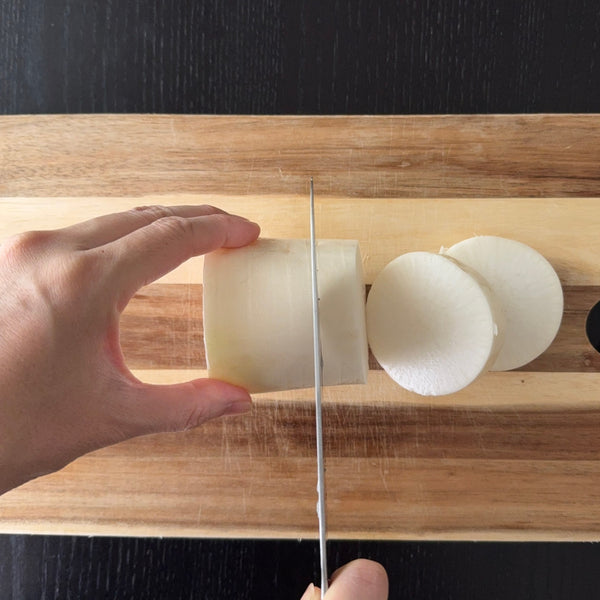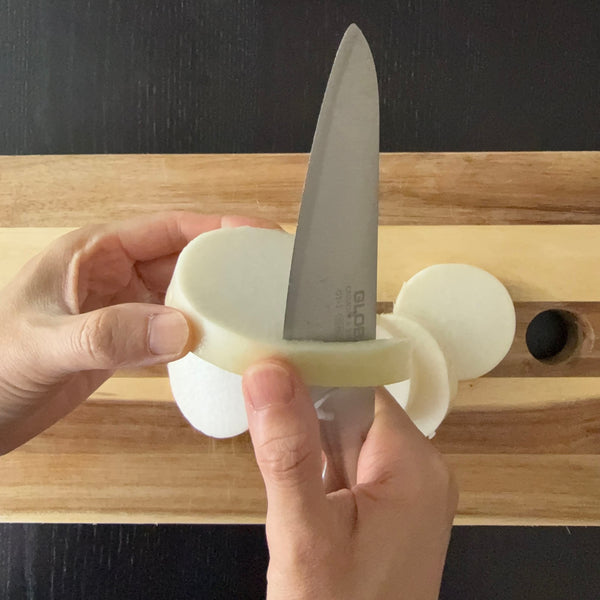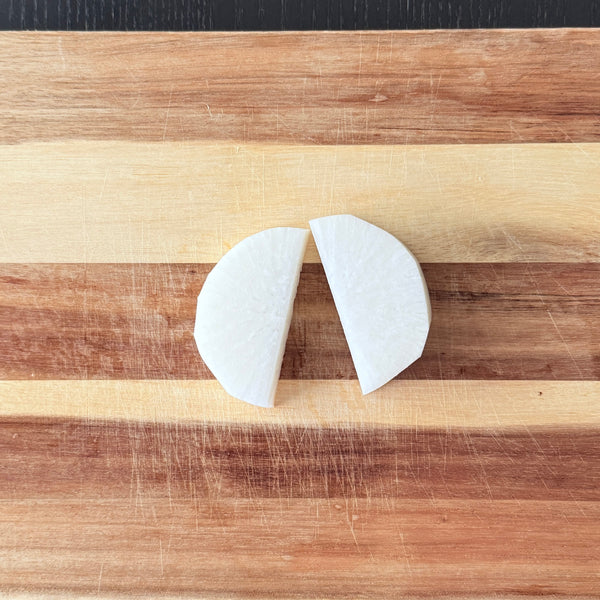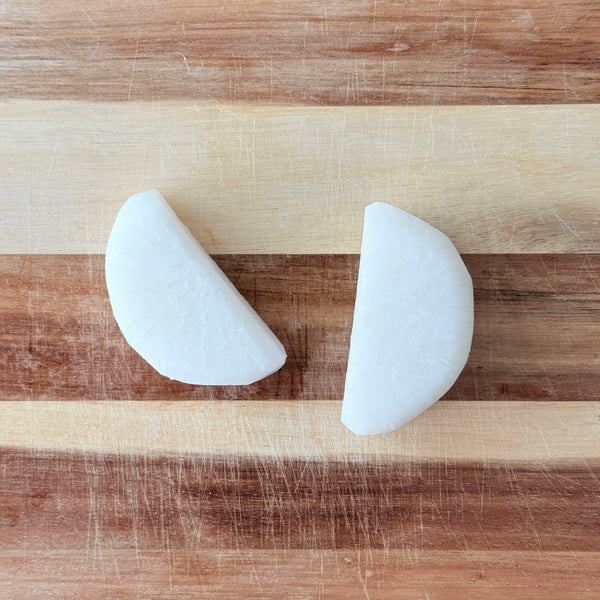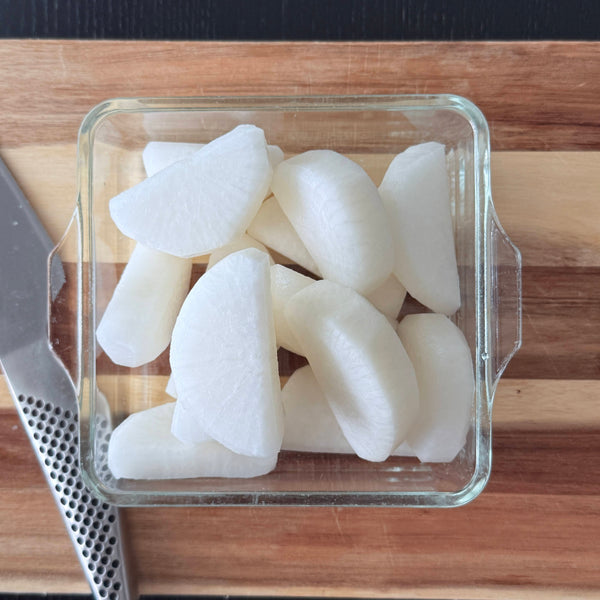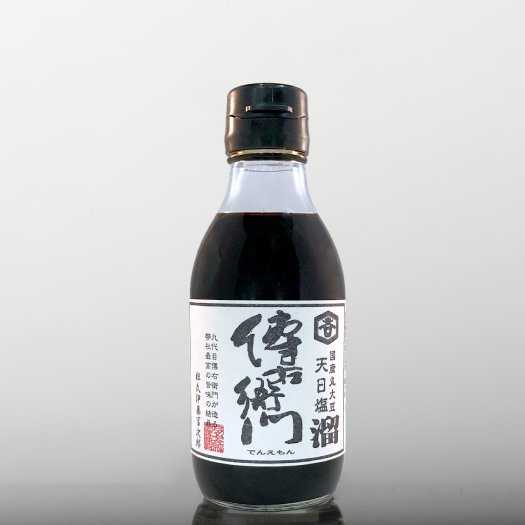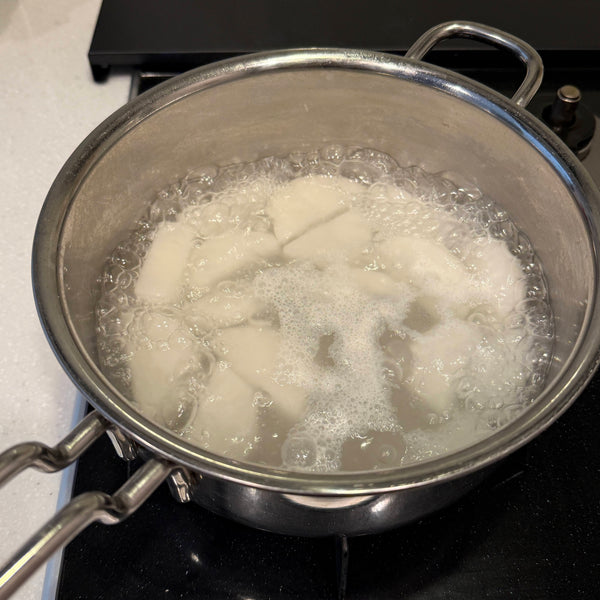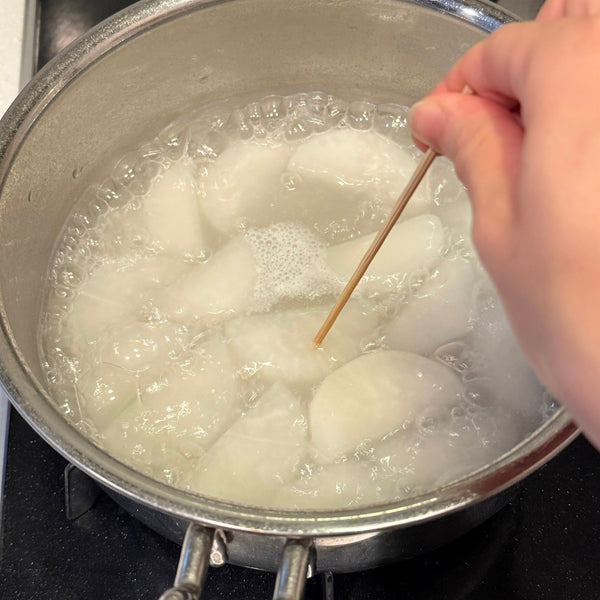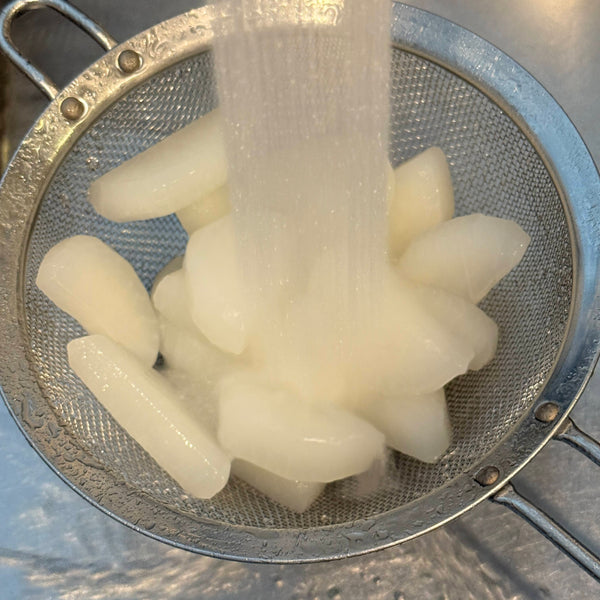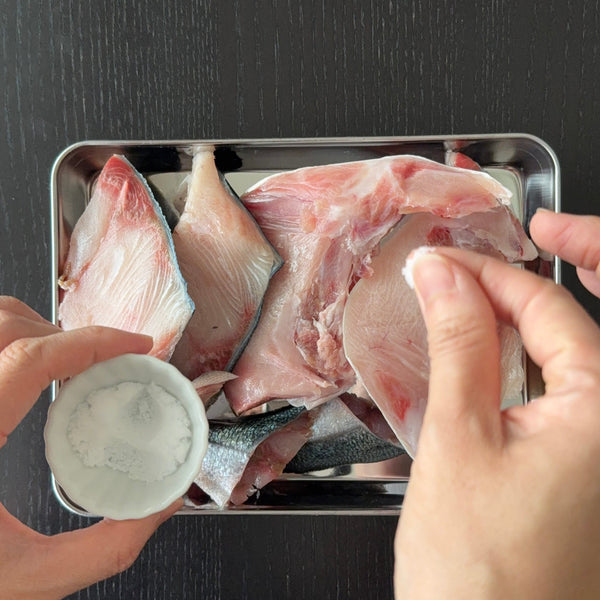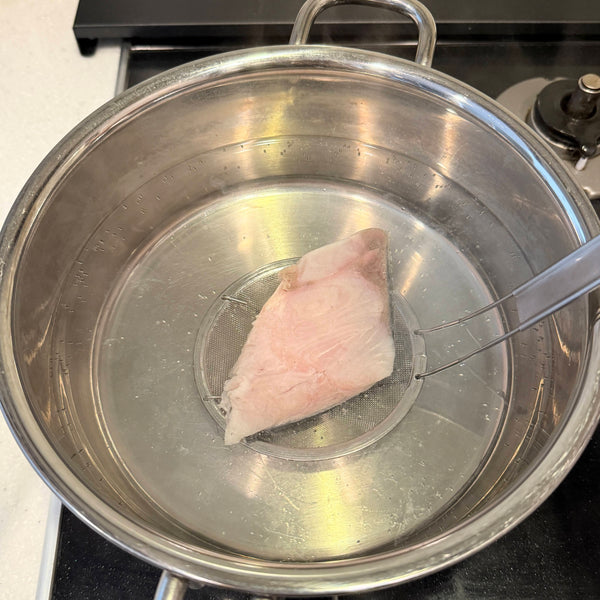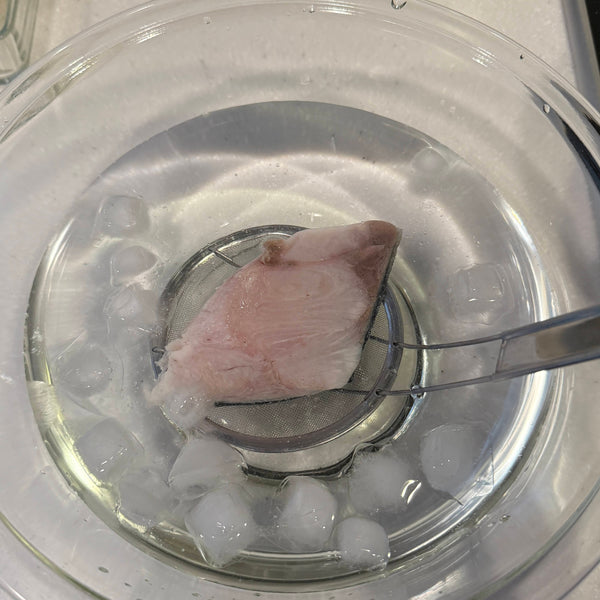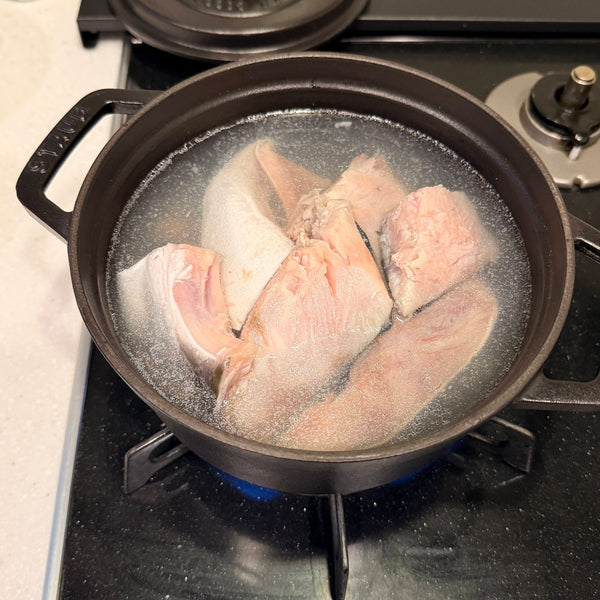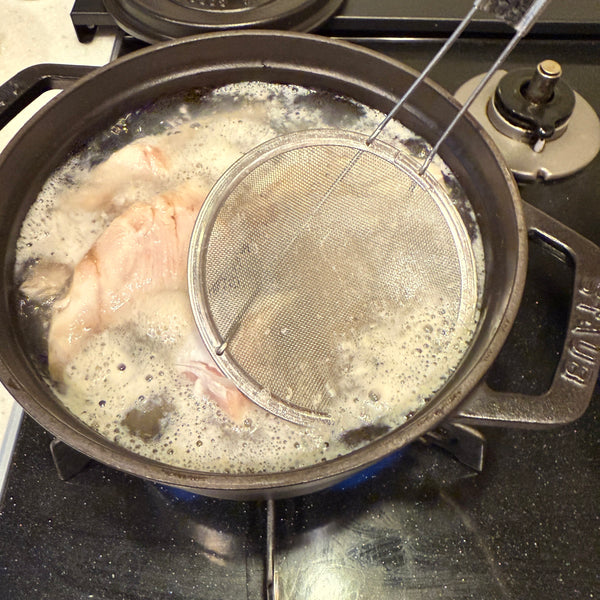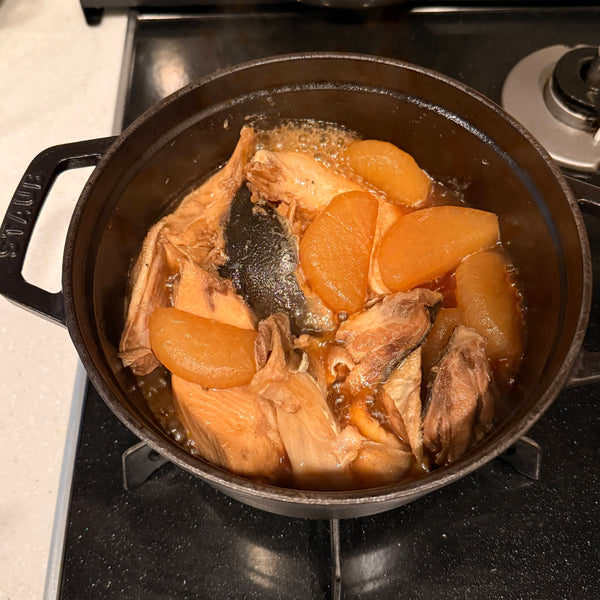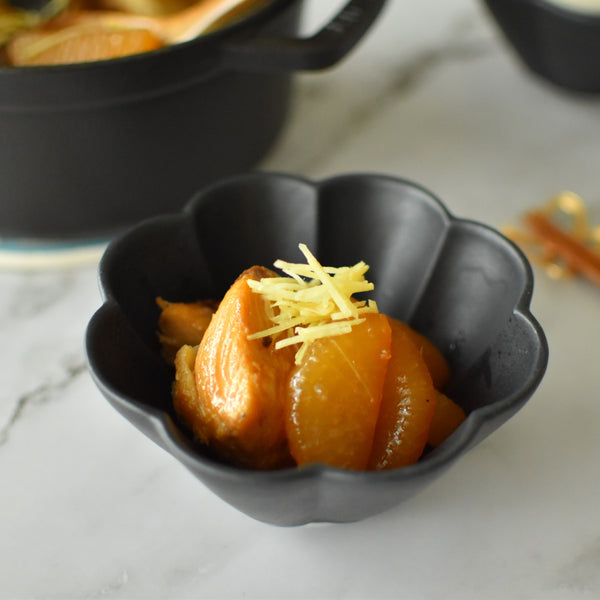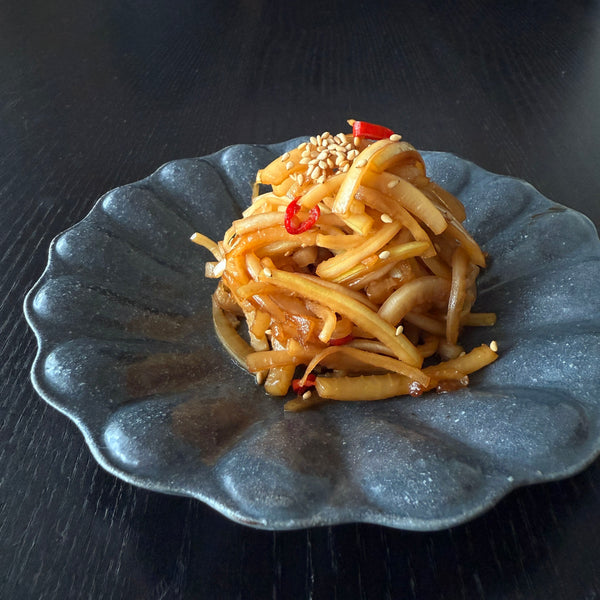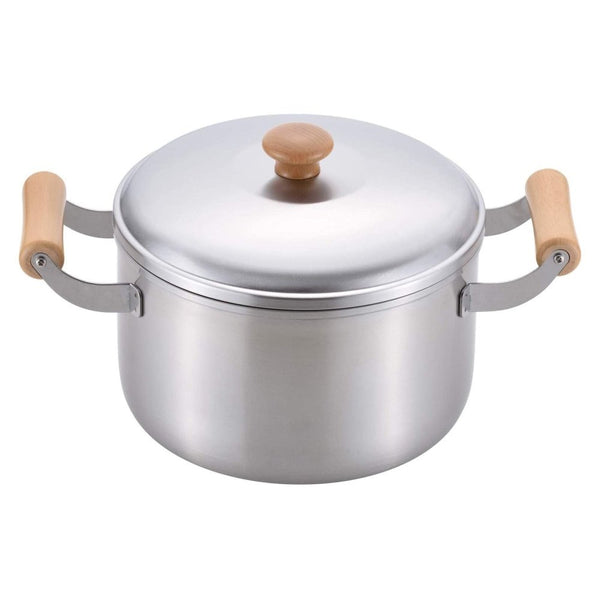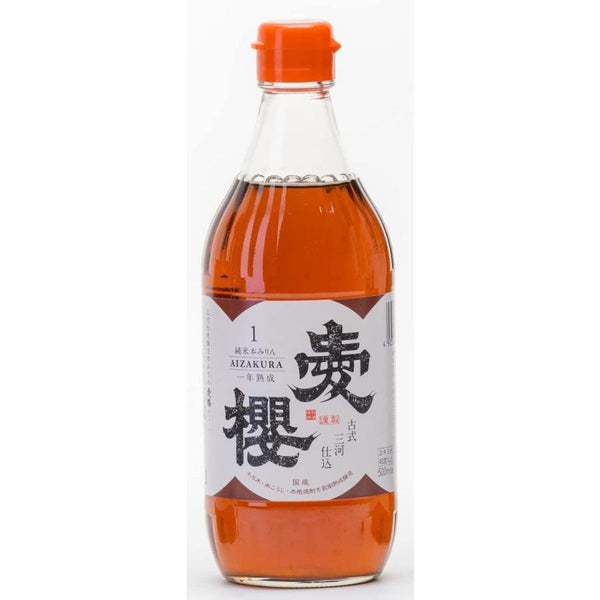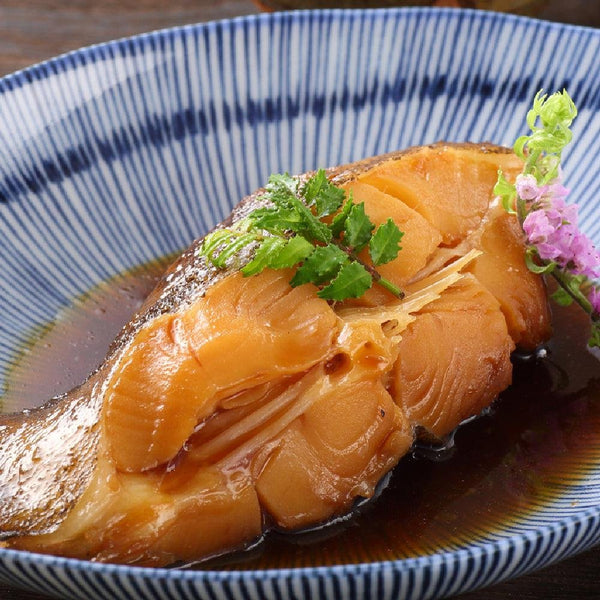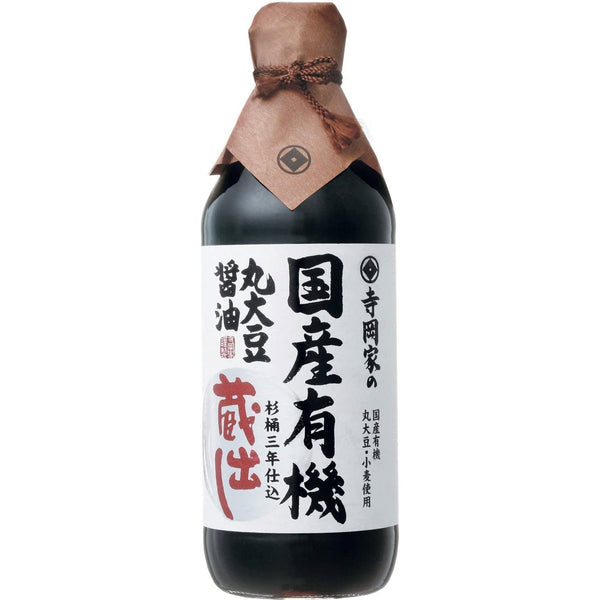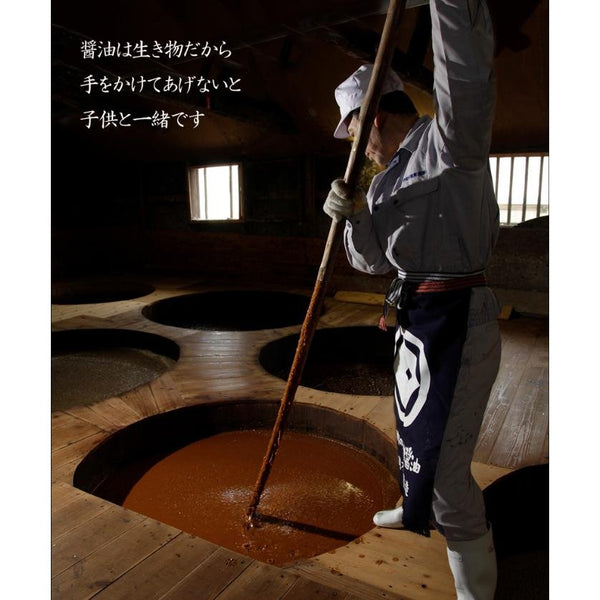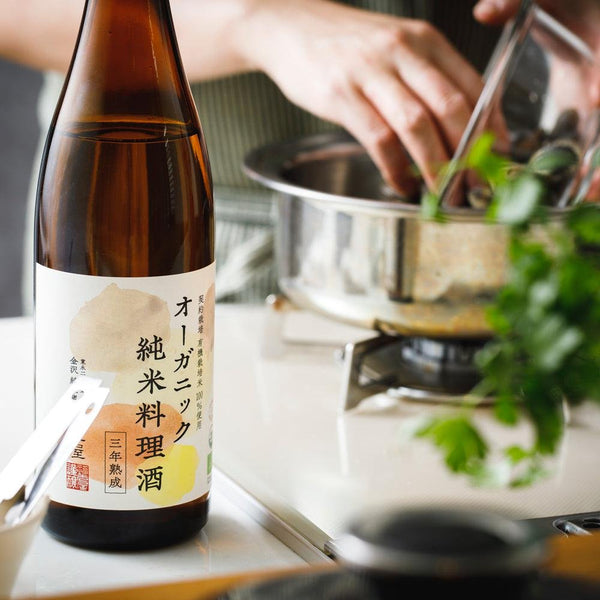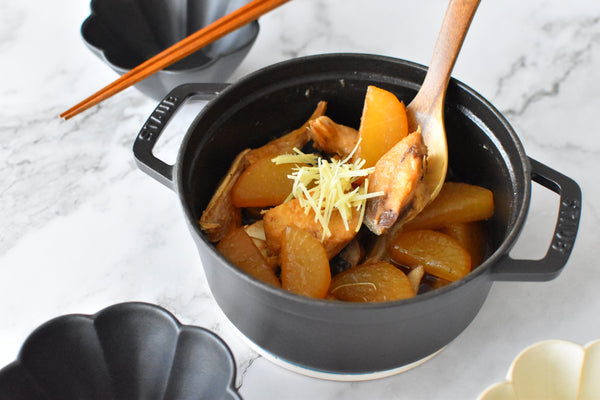
Buri Daikon is a comforting winter dish traditionally enjoyed in Toyama Prefecture and throughout Japan. This classic simmered dish highlights two ingredients that are at their peak during the cold season: buri (yellowtail) and daikon radish. Together, they create a sweet and savory stew with deep umami and a warm amber color that represents the essence of Japanese winter cooking.
Buri, also known as yellowtail, is valued for its rich flavor and versatility. While fillets are common, buri is said to have no waste. The leftover parts called ara include the head, gills, collar, fins, bones, and tail. These add a deeper umami than fillets alone.
The gills, in particular, are prized for their soft, melt-in-your-mouth texture. However, ara can have a strong odor if not prepared properly. This recipe uses the most effective technique to remove fishiness, explained in Step 4.
If ara is not available, buri fillets also work. Choose fillets from the belly side for better fat content, which prevents the fish from drying out during simmering. This ensures the final dish stays tender even after long cooking.
Daikon radish is the other key ingredient. When cooked, daikon becomes tender, juicy, and incredibly flavorful. To ensure the daikon absorbs the broth fully, it is pre-boiled in rice water. The starch in rice water softens the daikon and adds natural sweetness. The second rinse of rice water works best, but you can also simmer it with plain water and a handful of raw rice for similar results.
To achieve a rich amber finish, it is important that both the fish and daikon are fully submerged during simmering. Allowing the dish to cool and reheating before serving enhances the color and flavor even more. This resting time is a traditional technique often used in Japanese simmered dishes to deepen taste.
Buri is rich in DHA, EPA, vitamin D, and taurine, while daikon aids digestion, making this dish balanced and nourishing.
Tips for making buri daikon:
- Pre-boil the daikon in rice water for the softest, juiciest texture.
- Use an otoshibuta (drop lid) to keep ingredients fully submerged for even simmering.
- Skim scum carefully to maintain a clean and clear broth.
- Let the dish cool once before serving to deepen the flavor.
- If using fillets instead of ara, reduce the simmering time to prevent overcooking.
Buri Daikon is best enjoyed with steamed rice, and leftover daikon can be used for oden or miso soup.
